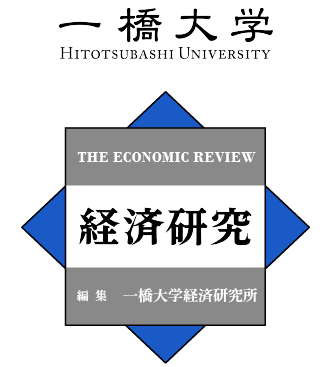Jul. 25, 2020
交渉モデルの応用によるパテントプール形成の分析
Analyzing Coalition Formation of a Patent Pool Using Bargaining Model
要旨Abstract
本稿では技術市場における,補完性を持つ特許のパテントプール形成とその厚生的帰結を検討した.技術市場のパテントプールは“one-stop-shopping”の目的に反して,複数に分割しているか,若しくは強力なアウトサイダーが存在することが知られている.本稿のモデルは企業間の契約が拘束的(irreversible)であるという仮定の下でこの観測された事実を説明し,技術市場では一般的な補完性の下で全体提携が成立せず,多重独占問題の1つである所謂アンチコモンズの悲劇が発生する事を示した.特許間の補完性はパテントプール形成に影響を与える.特許の補完性が高い時1つの大規模な提携の他に複数の小規模な提携(アウトサイダー)が発生する.これは特許が完全補完である時に特許保有企業数が増加すると不可避的にアウトサイダーが発生する事を示したAoki and Nagaoka(2005)と整合的である.補完性の低下と共にアウトサイダーの数は減少する.ある閾値まで補完性が低まると大規模な提携が成立しないため更に提携は分割される.最も補完性が低い場合にのみ例外的に全体提携が成立する.これらは全て企業が持つ,大規模な提携の外部で正の外部性を享受しようとするインセンティブによって説明される.この結果パテントプールが複数存在する技術市場ではあらゆる補完性の下でアンチコモンズの悲劇が発生する.すなわち設定される市場価格が独占価格を下回る事がないため,パテントプールは特許権が存在する下での企業利潤最大化と社会厚生最大化を達成出来ない.
In a technology market, either multiple-patent pools are typically formed or dedicated outsiders form a patent pool. Regarding this, my paper analyzes the coalition formation of a patent pool under the general assumption of the complementarity of patents and examines how patent pools a affect firm’s profit and social welfare. The paper shows that a patent holder’s grand coalition cannot be formed when its complementarity is beyond a certain threshold. Therefore the tragedy of the anti-commons (one of the multi-marginalization problems) occurs in a technology market, i.e., patent holders always set excessively high price above the patent costs compared to a joint-profit maximizing level. This causes the under-use of patent technology and loss of consumer surplus and social welfare.
書誌情報Bibliographic information
Vol. 69, No. 3, 2018 , pp. 193-205
HERMES-IR(一橋大学機関リポジトリ): https://hdl.handle.net/10086/29368
JEL Classification Codes: D43, K39, L11
